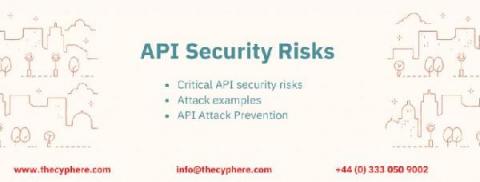The Essentials of Personally Identifiable Information (PII)
Modern privacy regulation is centered around the concept of personal information. The General Data Privacy Regulation (GDPR) popularized it, but since then similar initiatives—like the California Consumer Privacy Act—have expanded on the definition of "Personal Information." If your application collects any kind of information about your users or customers, it is important that you track when, how, and for what purpose you are collecting their data.




